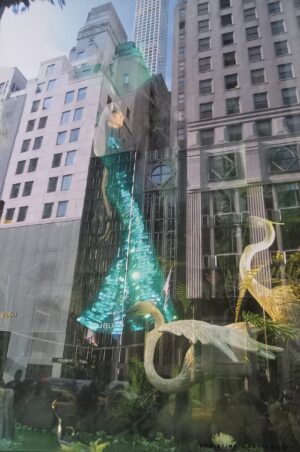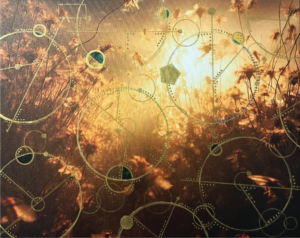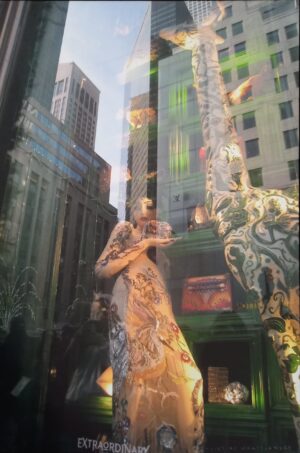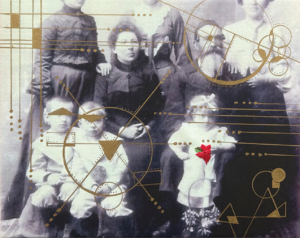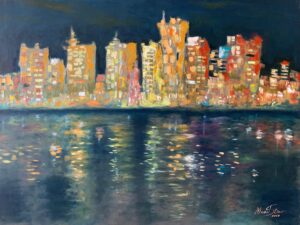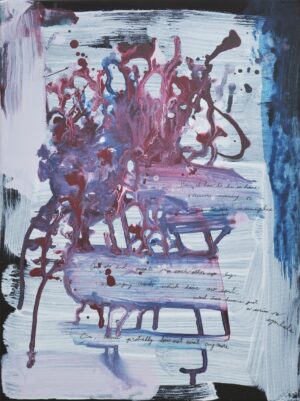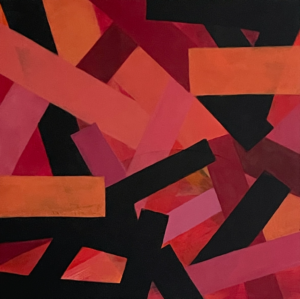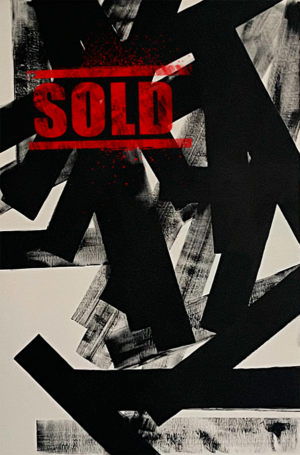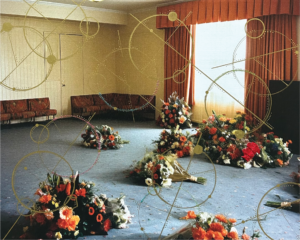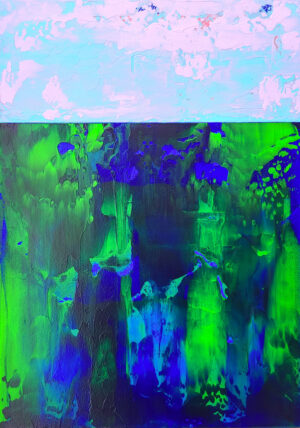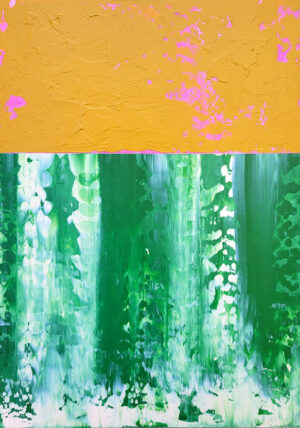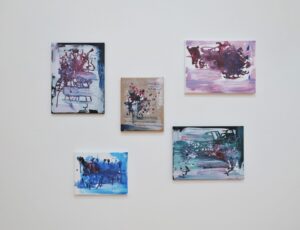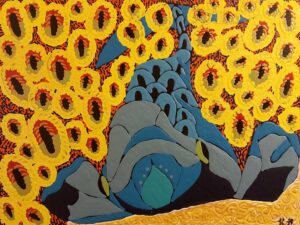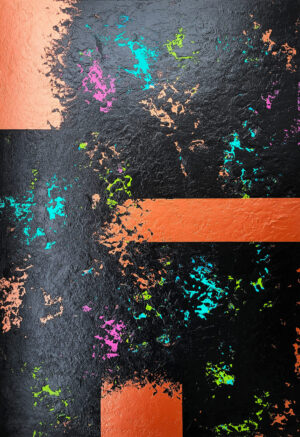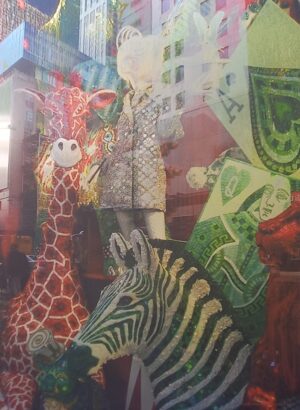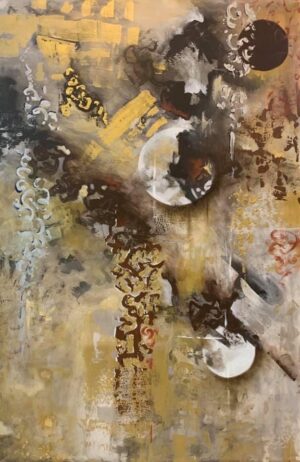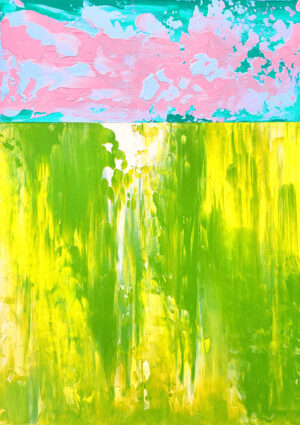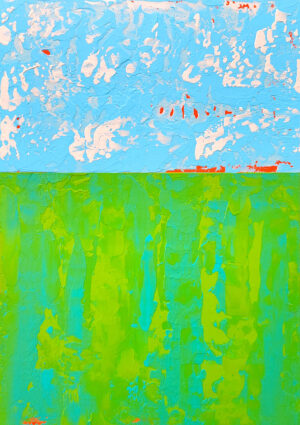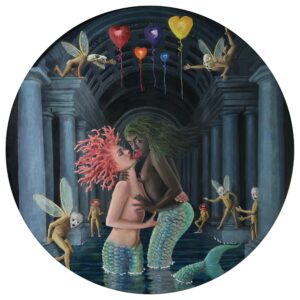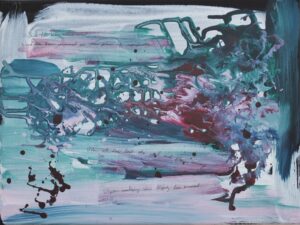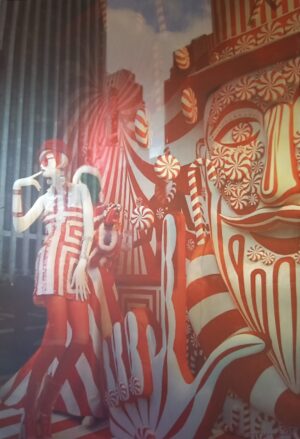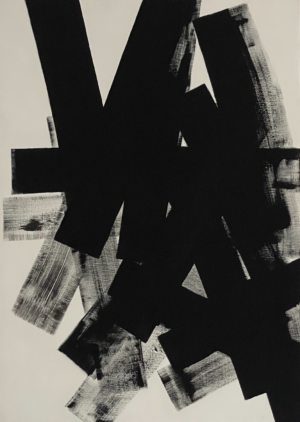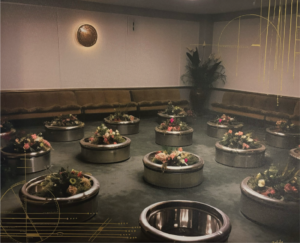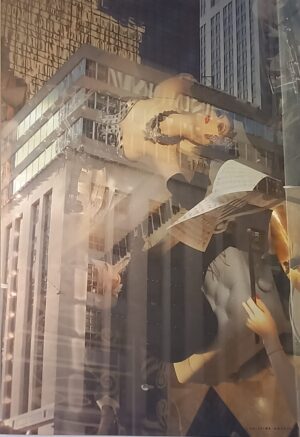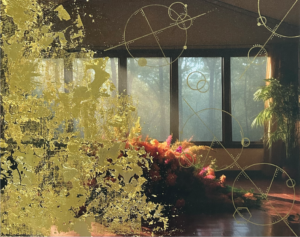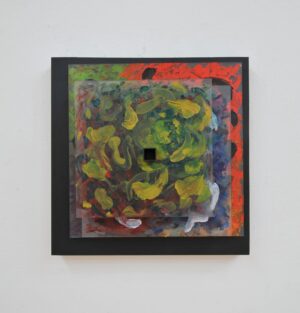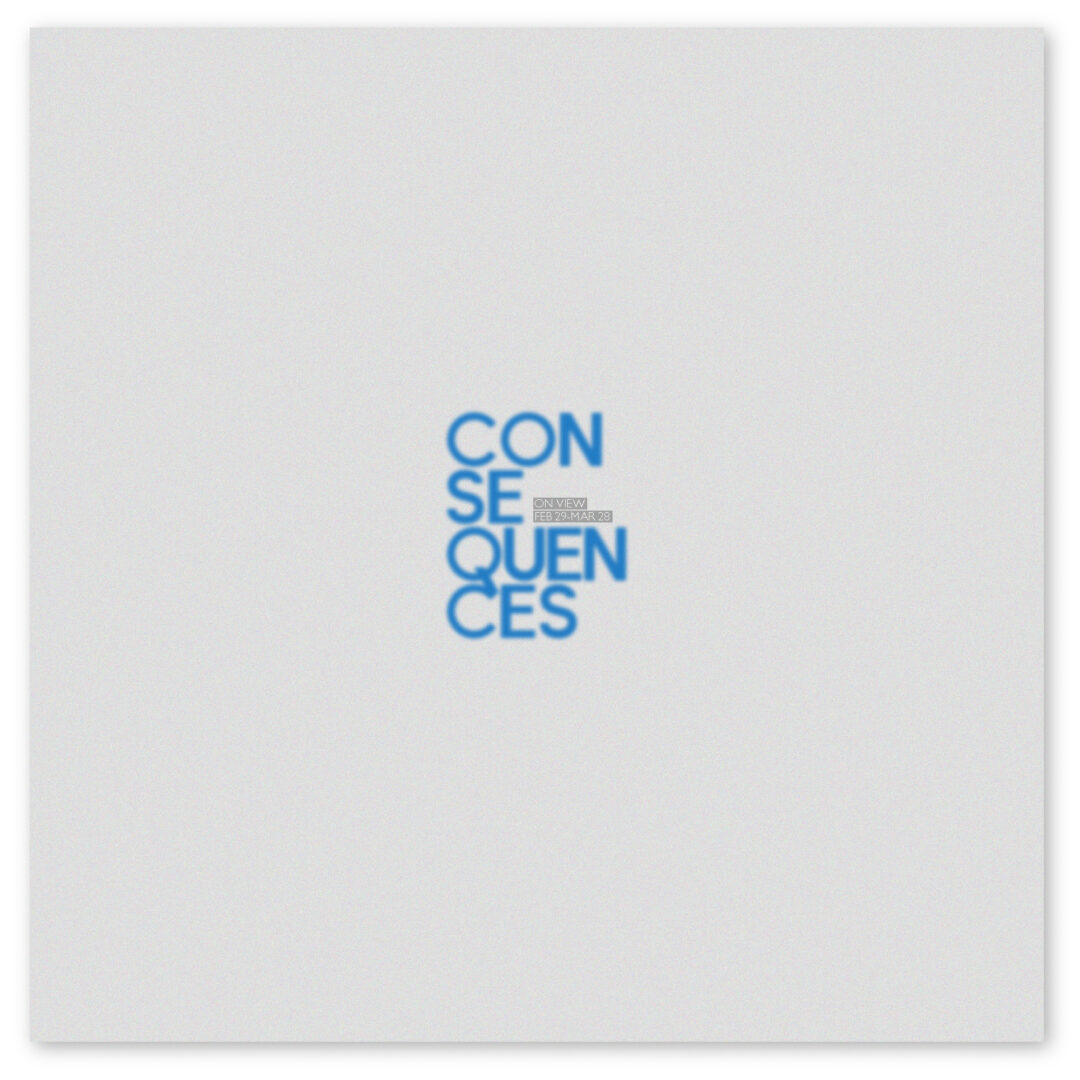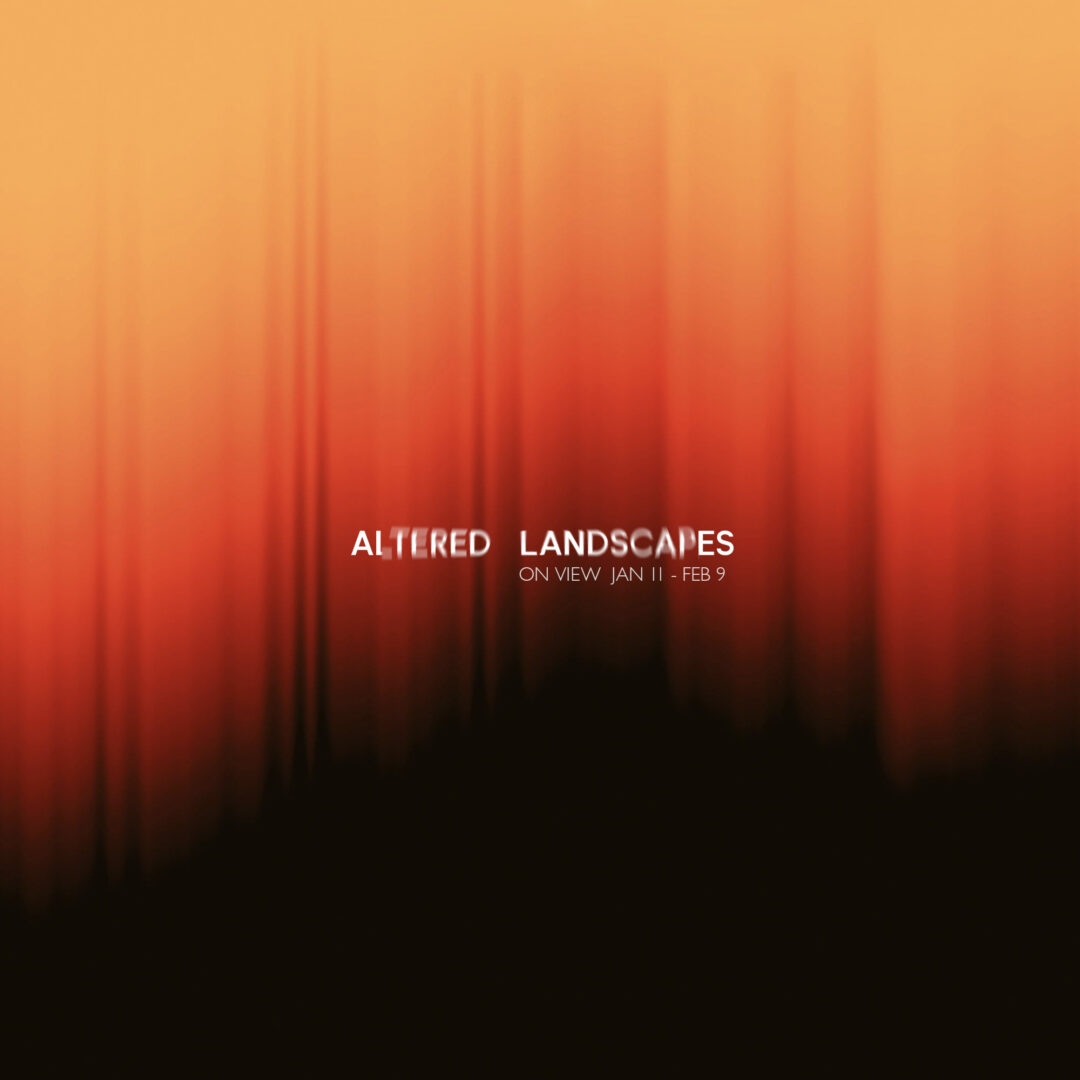During its years of existence, this iconic school championed the fusion of art and technology, challenging established conventions and encouraging experimentation. Its fundamental principles included the idea that form follows function, the pursuit of simplicity, and the elimination of unnecessary ornamentation; promoting the concept of unifying the arts, integrating disciplines such as painting, sculpture, architecture, and applied arts in a holistic approach.
This innovative mindset deeply influenced Berlin’s artistic scene, paving the way for boundless creativity. After being forcibly closed due to political pressures in 1933, many of its exiles carried the essence of the Bauhaus across the globe. However, in Berlin, its spirit endured even amidst the adversities of World War II and the city’s division.
The fall of the Berlin Wall in 1989 symbolized the city’s reunification and provided a blank canvas for a new artistic era. The Bauhaus influence re-emerged in contemporary architecture, interactive installations, and the fusion of artistic disciplines. Its clean, geometric aesthetic, far from being a limitation, has proven to be a timeless tool for artistic expression, and its focus on simplicity continues to inspire creators to find beauty in clarity. Moreover, its internationalization contributed to a creative globalization that enriched the artistic scene.
From architecture to graphic design, and specifically in the visual arts, the influence of the Bauhaus is reflected in aesthetic simplicity and functionality, creating a dialogue between the past and the present in the world of art and design. As an example, Galeria Azur presents a small catalog of contemporary artists nested under this cultural heritage. Artists like Christine Horyslawsky, Nika Nouva, Cecilia Flaten, Anja Smolarz, Mila Didenko, Atsushi Onoe, Giovanna Desiderato, Kevin Kuenster, Nour Khwies, Silvana Santos Pereira, Tito Monzón, Manal Stino, Katalin Nemethy, Suzanna James, Maizi, Zelda Cavanaugh and Joe Fnord weave their inspiration with threads of the Bauhaus, keeping alive the flame of an aesthetic revolution. They advocate for constant experimentation and innovation as they integrate various artistic disciplines, challenging the norms and conventions of our time.
With vibrant colors – echoes of the palette and geometric shapes -, minimalist aesthetics with clean lines and modern materials, as well as the combination of visual and architectural elements, even abstract, in a contemporary visual narrative, they reinterpret and pay homage to the stylistic and philosophical principles of the Bauhaus in their creations, exemplifying that the school not only broke with the artistic conventions of its time but also laid the foundation for a broader and interdisciplinary vision of art and continues to be an eternal muse for Berlin’s art.

Ceres González
Art Curator and Art Critic. GALERIA AZUR
PHYSICAL & ONLINE EXHIBITION
FEATURED ARTISTS
Anja Smolarz (Poland)
Manal Stino (Egypt)
Nike Kama (Germany)
Zelda Cavanaugh (United States)
Mila Didenko (Ukraine)
Atsushi Onoe (Switzerland)
Giovanna Desiderato (Switzerland)
Christine Horyslawsky (Belgium)
Kevin kuenster (United States)
Cecilia Flaten (Chile)

